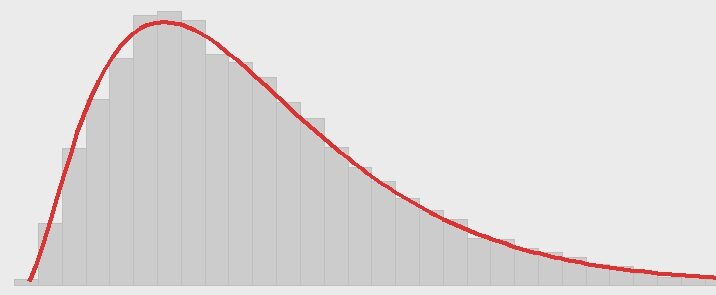The brief answer is that both are essential tools for actuarial analysis, thus, I would recommend learning both. Indeed, actuaries widely use these two languages (along with SQL, Visual Basic, and C#). But Python is the preference due to its deployment options, and its cryptic code. And Python it is the first choice by far for Machine Learning.
Python
- It was developed in 1991, and was conceived as a versatile, multi-purpose programming language
- As of 2024
- At present, it is the most popular programming language, followed by C++, C, and Java. But beware: that ranking is based on popularity for multiple uses, not actuarial use.
- Part of its appeal is the considerable number of Machine Learning libraries available
- In my view, its main feature over R is the ability to deploy applications and integrate onto other platforms
- Jupyter Notebooks are easy to create — they integrate the Markdown syntax
- Python is quite easy to learn
R
- It was developed in 1993 as the open source version of S, and was originally conceived as language for statistical analysis
- It’s main advantage over Python is the ability to create attractive plots through the ggplot2 library, and wrangle data with the dplyr library
- There is virtually no problem of statistics that cannot be solved using R
- The learning curve is steep
Which one do you prefer?
